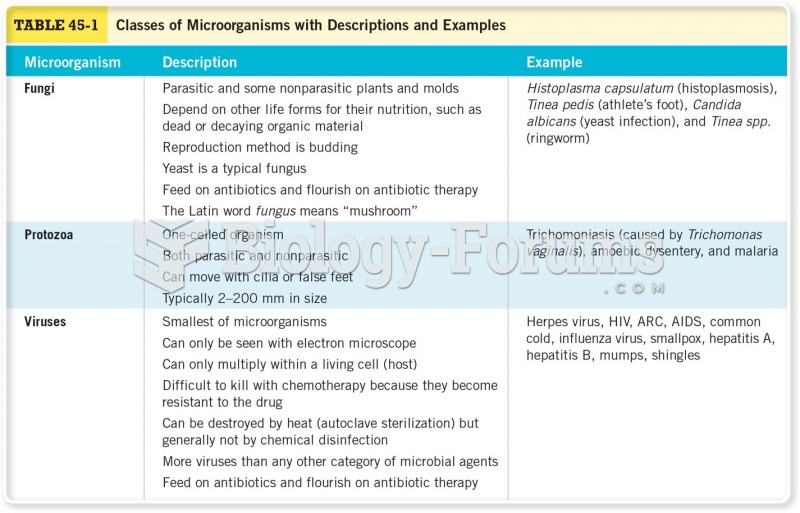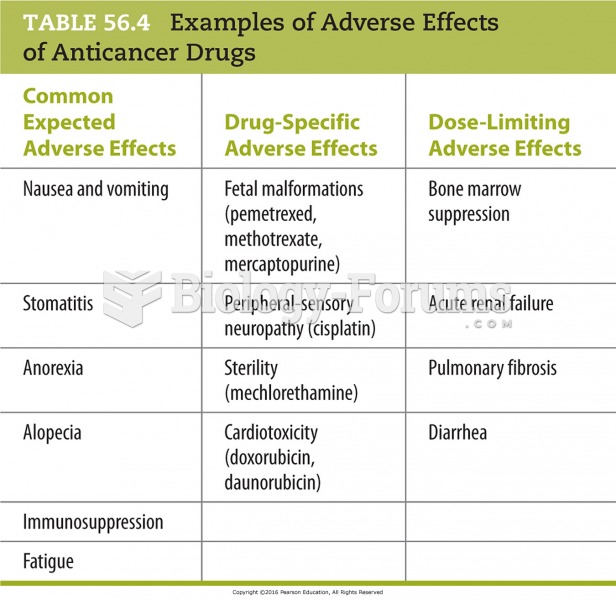Match the sampling strategies below with the examples provided.
a.
Comprehensive
i.
Homogenous
b.
Critical case
j.
Snowball/chain/network
c.
Maximum variation
k.
Intensity
d.
Extreme/deviant/unique
l.
Stratified purposeful
e.
Typical
m.
Random purposeful
f.
Negative/discrepant
n. Theoretical
g.
Opportunistic
o. Criterion
h.
Convenience
1. Selecting participants who score high, low, and moderate on a measure of anxiety to study feelings of anxiety
2. Selecting an urban, rural and suburban school to study bullying behavior among students.
3. Selecting highly successful individuals from families where all other siblings are in prison or living in poverty to determine what factors supported them in avoiding similar circumstances.
4. Selecting children who have a history of abuse to better understand avoidant attachment disorder which research suggests is a result of abusive or neglectful caregivers.
5. Selecting members of your own church to study faith,
6. Selecting all teachers in a school to interview about a new program they are implementing.
7. Selecting one school that has implemented Response-to-Intervention techniques school wide in oder to enhance student success.
8. Selecting the sole survivor of a fatal accident to study feelings of loss.
9. Selecting a best-selling author who is an alumni of your school to study the creative writing process.
10. Selecting only teachers who have been through a one year or less alternative preparation program for teaching.
11. Selecting by drawing from a hat the names of five of the 12 private schools in a city.
12. Interviewing one female dean who has been recognized for leadership by a national organization and asking her to recommend another female dean she would consider a great leader.
13. Selecting only teachers who are in their first three years of teaching in a school district.
14. Selecting in-state, out-of-state, and international college students to interview based on the percentages of each group in the total student population.
15. Selecting a school to study that has demonstrated average performance for the past five years.
Question 2
The introduction section of a quantitative research proposal does not include the
a. statement of the problem.
b. proposed methodology.
c. review of the literature.
d. statement of the hypotheses.







